Last Updated on August 5, 2021

We’re in Pontiac, Michigan (a suburb of Detroit), witnessing a major disaster-in-the-making… minus the disaster. The streets of Pontiac are substituting as the main street of Silverton, Oklaholma where lots of major weather is a’ brewin’ during the events of New Line Cinema’s INTO THE STORM, or at least will be once all the effects are added in.
Having a tussle with massive clusters of tornados is all in a days work for English star Richard Armitage, recently made famous as Thorin Oakenshield for doing battle with a large dragon in Peter Jackson‘s blockbuster THE HOBBIT trilogy.
“My character is called Gary Morris,” says Armitage. “He’s the vice principle of Silverton high school. He’s got two boys Trey and Donnie. He’s asked them to create a video diary of the graduation ceremony. So they’re going to make a time capsule video diary of the town and then this storm comes and the two boys get separated. Through the story Gary’s mission is really to try to find out where his son has got to. Because he can’t communicate with him, he’s lost contact and he’s got Trey with him so he’s trying to juggle two things: protect the older son and go in search of the younger son.”
Coordinating all this chaos is Steven Quale, who besides helming the recent hit “Final Destination 5” also served as James Cameron‘s second unit director on little movies like AVATAR and TITANIC, so he knows his way around a calamity or two. Quale sets the scene for the story of INTO THE STORM (at time of production tentatively titled BLACK SKIES) that takes place in roughly half a day, nearly in real-time.
“It’s a bunch of high school students getting ready for the big day, graduation,” said Quale. “Suddenly the weather looks like there could be some cloudy things, possible rain or whatever, but then this unbelievable storm comes in and this enormous tornado narrowly misses the school. It spawns this huge fury of tornados all over.”

“The concept is the worst tornado storm ever to hit the United States and it’s told from the point of view of the people that were trapped in the middle of it,” further explains producer Todd Garner of this unique project. “So in essence it’s a found footage movie kind of thing, but it’s told from the perspective of a father looking for his son, a young couple that sort of migrated off away from their friends to film something for a school project of hers, students at the school because they all have cameras, a storm hunting unit which has storm trackers and then these two dips**ts that are trying to be storm hunters that think they know what they’re doing with their GoPro cameras and are kind of YouTube guys. So it’s about all of those people being in the middle of this extraordinary situation and how all those stories ultimately come together.”
Although Quale doesn’t shy away from calling his film “found footage,” he recognizes this style of movie can have a nauseating effect on an audience if it’s too jerky. Insisting on viewing all the dailies in large format, and relying on his experience making IMAX documentaries (co-directing ALIENS OF THE DEEP with James Cameron), Quale structured the points of view specifically to accommodate a more cinematic approach that would not require viewers to breathe into a barf bag.
“A group of high school kids that have their own cameras,” Quale says, “and one happens to be the head of the audio video club so he’s really good with the camera so that makes his stuff better than the average person. Then we have just a couple of local people who aren’t quite as good with the camera and that will be a little more sort of messy type of stuff. And then we have these professional storm chasers who are making a large format theatrical movie about tornados, so they are professional filmmakers with state of the art, high-resolution cameras. Their goal is to try to film the eye of the tornado, the shot that nobody has ever seen in this amazing cinematic manner.”
Today is day 24 of 48, so exactly halfway through a modest two-month shoot. Our scientist characters are accompanied, voluntarily or not, by two dimwitted country bumpkins -emphasis on the “bum” part- named Donk and Reevis (Kyle Davis and Jon Reep) who are determined to put themselves in harms way “Jackass”-style in order to get some first class footage. The two have a cruddy, banged-up red pickup truck with a plywood board that says “Twista Hunterz.” In other words, if these two get sucked into the eye of a tornado we’re not going to lose a cancer cure, okay?

Huge cranes hold up giant grey silk diffusers to help set the overcast scene a little better than the mostly bright sunshine we’ve gotten on this August day. The street is lined with quaint generic stores: A bank, shoe shop, BBQ joint, hardware store, all false signage. Fans help simulate storm conditions as Donk and Reevis’ truck gets sucked up into a tornado… to be added in post. That 30-foot high diffusion flutters over our heads and we begin to contemplate real-life disaster on set, although everything turns out to be pretty safe. Extras in postal uniforms and other costumes stand idly by waiting for their time to shine on camera.
At the center of the action is a big armored vehicle straight out of THE ROAD WARRIOR known as The Titus and driven by veteran storm chaser Pete, played by Upright Citizens Brigade founder Matt Walsh.
“I’ve been on the road chasing storms for at least ten years,” says Walsh of his character Pete. “I built the Titus myself, put together what I think is a vehicle that can actually dig into earth and capture the shot that no one has captured which is the center of the tornado, the eye of the tornado and we’ve had a pretty dry season this year. Allison (Sarah Wayne Callies of “The Walking Dead”) is my meteorologist who was attached to our crew recently to help, because it’s all probabilities. You’re trying to figure out where the next one is. When you’re covering in tornado alley, you’re covering from Iowa to Texas and Oklahoma so you’re kind of predicting three or four days out where we need to be and where we need to intercept. She was added to our group to guarantee we’re going to get that shot and she has not delivered, so I’ve been very frustrated with her so that’s kind of where I’m at in the movie.”

Callies is much more blunt about the conflict between Allison and her boss:
“The tension between our characters is, from my perspective, because his character’s an asshole,” she says. “But no, it’s a relationship between a woman of science who’s job it is to get some data and a bit of a maverick filmmaker who is willing to take much bigger risks. There’s all these other people on our team and I think she’s the one who makes the call, and in her mind she would rather err on the side of safety and not get the shot for the movie if it means everybody goes home alive at the end of the day.”
Human conflict aside, have we mentioned how badass this vehicle is? The Titus even has gull wing doors and everything, straight up futuristic metal awesomeness:
“It drives like a beast,” Walsh insists. “We’ve had many problems with it. It’s like the shark in ‘Jaws,’ keeps breaking down, and I’ve broken some windows but when it works it’s pretty fun. It’s very large and heavy and there’s a turret where you can sit on top so you can get that angle of where you’re shooting. Like I said it has these grappling claws that dig in. It’s pretty amazing.”
Even though this is his first action movie, Walsh is no stranger to this kind of action as he actually experienced tornadoes firsthand growing up in Chicago:
“I’ve always wanted to do an action movie so this is pretty thrilling,” he says. “A lot of the acting is just hauling ass to get away from a tornado so it’s pretty easy. Especially when they have giant fans on you and rain towers. But it is a turn away from what I’m used to, yes.”

As the scene plays out again, Donk and Reevis sit on a bench with their flip cams getting drunk until Allison walks over and takes their beers away, while Walsh stands by The Titus admonishing her to get going. “Hey storm chasers, you gotta go home, stay inside,” she says, although when the two lunkheads see the tornado coming they shout “HELL YEAH!” As the grey fan across the street blows 100mph winds to simulate storm conditions, the two beer-guzzling buffoons freak out and everyone starts running.
After rehearsal the crew wets down the streets to prepare for the actual take. “My truck! It took my truck!” shouts Donk.
“There’s another one coming, it’s more powerful,” pleads Allison.
“Great, you warned ’em,” adds Walsh, antsy to take off.
Garner says the different POVs will contain breadcrumbs of foreshadowing as to what fates might befall characters in different story threads:
“It’s interesting because we have some clues here so some people may die and some people may not die,” said Garner, “but we show the aftermath and then the audience has to go on a ride and figure out what happened to who and how and why and kind of learn the story.”

Armitage on how each camera becomes a character in the film:
“One of the reasons why Trey comes with me is because he has the camera,” says Armitage of his character’s son. “But of course you have to…that’s the game of the film. You have to acknowledge that and then ignore it. Each camera becomes a character. There’s times where my son isn’t in the scene but his camera is and I have to talk to him as if he’s there, but it’s a camera operator. Some of them are surveillance cameras. So you have to know very specifically not to start talking to a surveillance camera like it’s a person. It’s very unusual.”
On the exposition aspect of her characters, Callies says:
“She’s your source of exposition,” Callies says of Allison. “She’s a professor of climatology and meteorology so I got to look up 30 words I’d never seen before. She starts with a group of storm chasers and what’s kind of interesting is the question ‘Is she going to switch over from the storm people to the human people?’ I think that she’s the one whom we tell the story of the balance between science and people. Pete comes down on one side of that and Gary represents the other side and she kind of gets pulled between.”
Richard Armitage is number one on the call sheet,” Garner insists, “so I think that story, at least emotionally, is the biggest story because it’s closest to my own dad. It’s kind of the biggest story in terms of a father just trying desperately to find his son that’s out there, but in terms of screen time I would say it’s probably a pure ensemble.”
Sarah Wayne Callies on finding a common ground between INTO THE STORM and “The Walking Dead”:
“I’m really fascinated about what happens to people when we take away the safety and the iPhones and the predictable and blah blah blah,” Callies said. “And people become…Gary’s not a hero. He’s an assistant principle and Allison’s not…there’s nothing badass about her. She stays in the weather van and points the other guys towards the tornado. She’s a mom, she’s a prof. And all of a sudden they are in a situation where you either step up or you don’t and I think they surprise themselves a lot of times. Plus there’s some really cool special effects.”

Can the special effects bolster this movie up enough to erase the memory of another tornado movie that hit big nearly two decades ago?
“When TWISTER was made it was just VHS camcorders,” says Quale of 1996 technology. “There was some great footage of Texas tornados way back then but it wasn’t very high resolution. Now you’ve got these amazing images so the visual effects guys, I’m like ‘Look at this, let’s try to match this.’ And one of my mandates has been let’s keep it real. This isn’t an action movie, this is a real event that we are saying occurred that we’re trying to show in a very real visceral way. In a way that you just happened to be at the right place to get it. ‘Twister’ was all about the rural areas and farms. We’re downtown. Imagine the difference with the ability of the visual effects to show the devastating effects of a tornado in a downtown square as opposed to way out and seeing one barn go up.”
Of course, for our main hero heading INTO THE STORM is business as usual:
“Listen, I’ve just come off a movie where there is green everywhere,” said Armitage of his time in Hobbiton, “and there’s like a licorice hanging from a piece of string and someone is saying, ‘It’s the biggest most ferocious dragon you’ve ever seen, action!’ So I’m imagining anything. In fact I probably do imagine it too big. I’m probably going, ‘My god this tornado!’ It’s actually not that big. It’s not dragon sized. But in a way, a tornado is the monster of this movie and you have to treat it like that. It’s unpredictable, it moves around, it gets bigger, it gets smaller, it can swallow you up. So yeah it’s our monster.”
INTO THE STORM tears through theaters everywhere August 8, 2014.



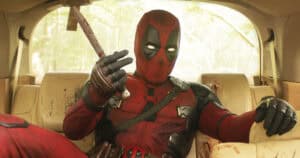

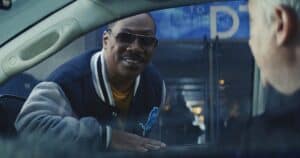



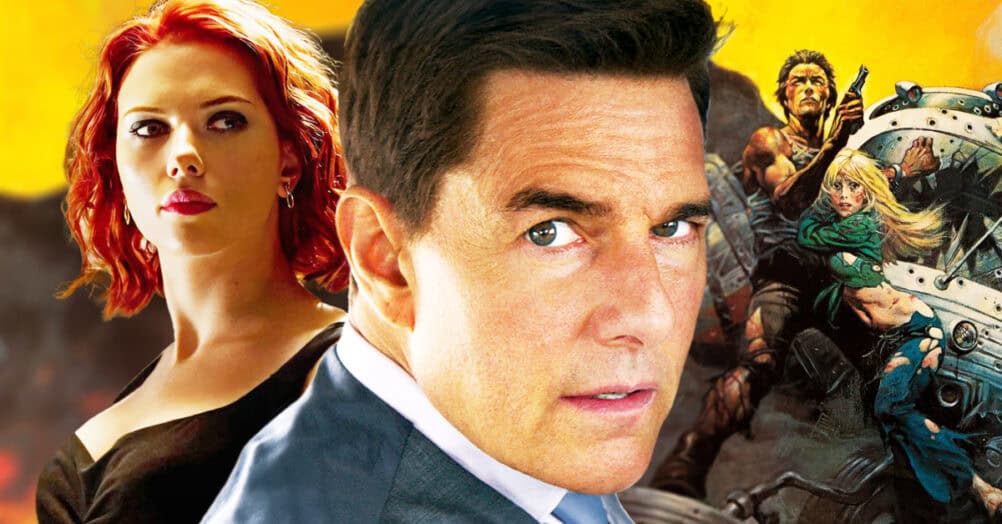
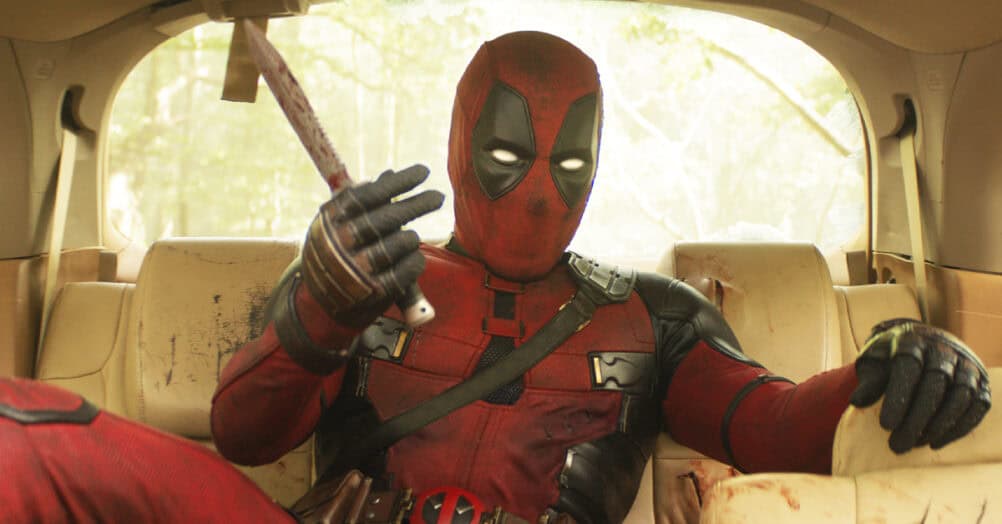

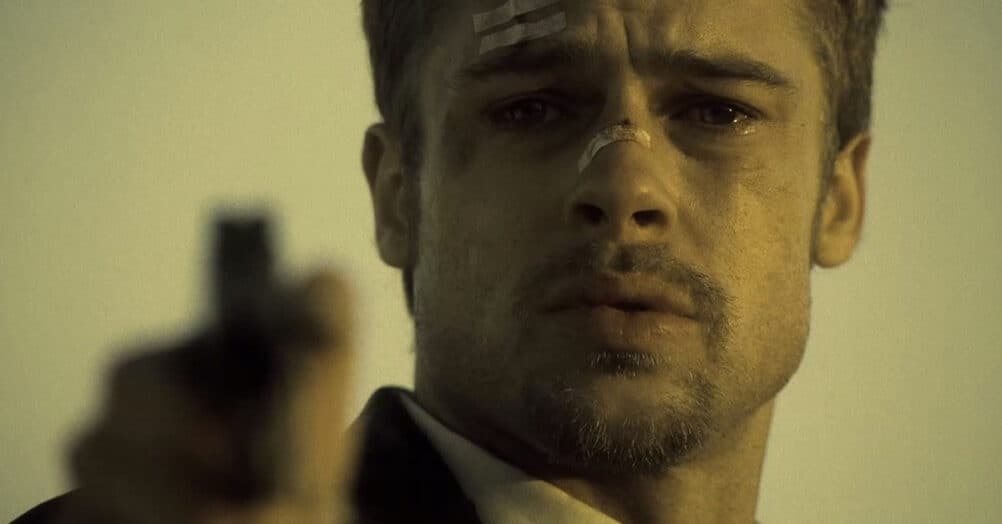

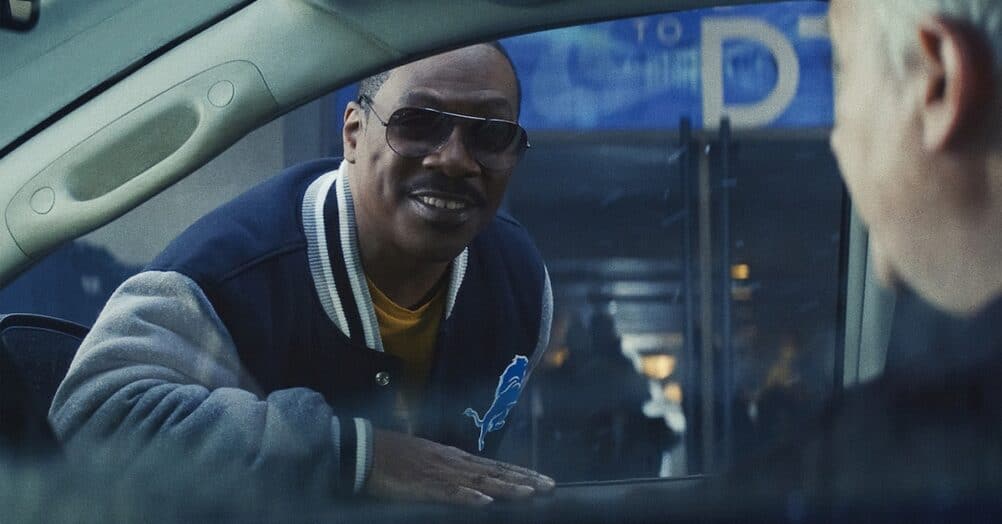

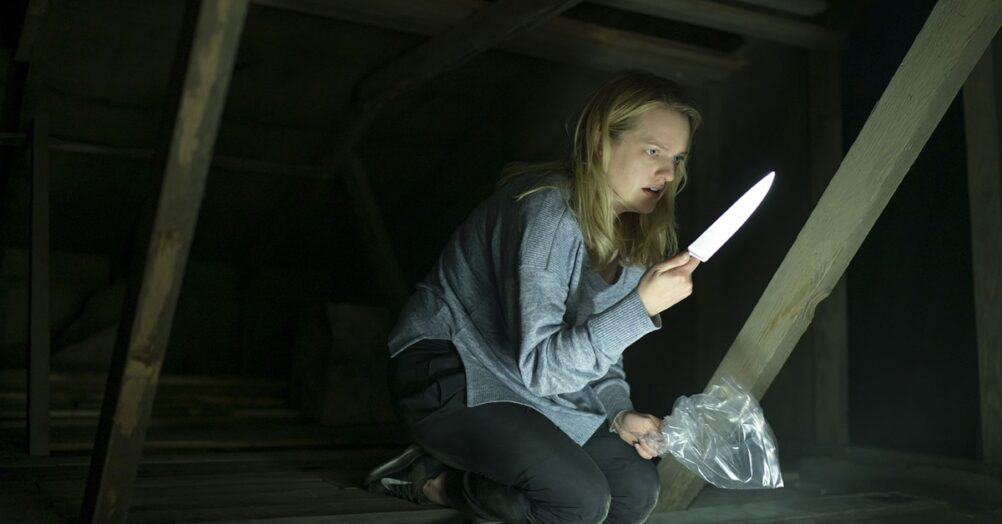


Follow the JOBLO MOVIE NETWORK
Follow us on YOUTUBE
Follow ARROW IN THE HEAD
Follow AITH on YOUTUBE